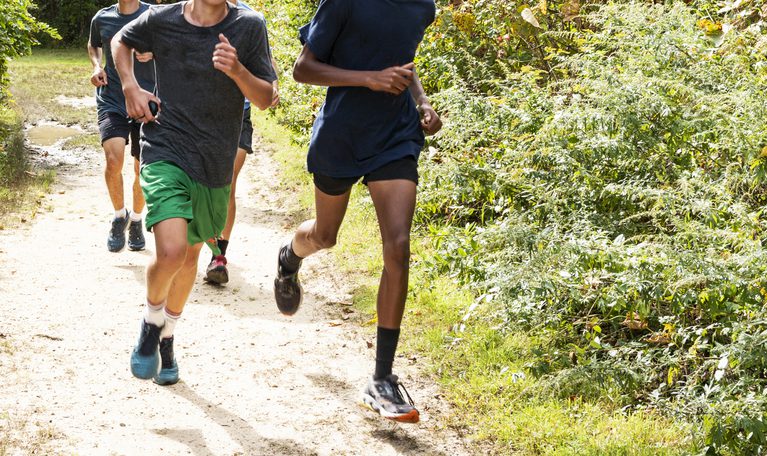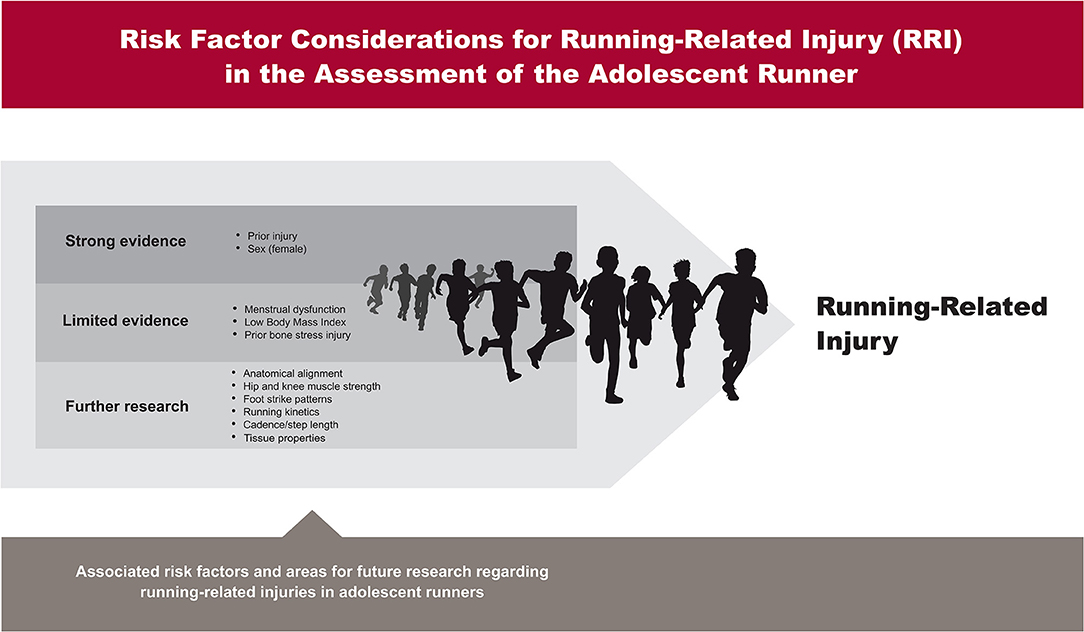What are the most common injuries among teenage runners?
A new study addresses the limited research we have focusing on the health of young athletes

As running has increased in popularity over the last few decades, the instance of running-related injuries has gone up with it. During this time, countless studies have been done on adult runners to determine what puts them at greater risk for injury, but very little research has focused on younger populations. A recent study aimed to address this gap in knowledge and investigated which injuries are more common among teenagers and adolescents, and how they can be prevented.

RELATED: Study: teen runners aren’t eating enough
According to the authors of the study, overuse-type injuries involving growing bone (such as bone stress injuries) and soft tissues (for example, tendinopathies) are the most common injuries among adolescents in running-related sports. More often than not, the tendency is to apply our knowledge of injury rehabilitation in adult populations to younger athletes, but these protocols rarely take into account growth-related changes that are unique to teenagers and adolescents.
The researchers point out that changes in tissues such as bone, tendon, muscle, cartilage and growth plate occur at varied rates and locations while an adolescent is growing, and the maturation of these tissues, coupled with hormonal changes that occur during puberty, can influence a young athlete’s biomechanics, load tolerance and risk for injuries. They add that early specialization in a sport increases their risk for sport-related injuries caused by repetitive stress on tissues that are still maturing.
While there is limited research on running-related injuries in youth athletes, the authors state there is strong evidence to suggest that prior injury is a significant risk factor for future injuries, and it appears that girls are at a greater risk for injuries than their male counterparts. There is also some limited research showing that adolescent girls with menstrual dysfunction and a low BMI are at a higher risk for stress fractures.

RELATED: The importance of youth track clubs
To fully understand what causes injuries in younger athletes and how to treat them, the authors argue that more assessments focused on anatomical alignment, strength or flexibility deficits, footstrike kinematics, running kinetics and neuromuscular control need to be done. This information will allow sports medicine practitioners to better address the unique needs of young, growing athletes, to ensure they can continue running into adulthood.


